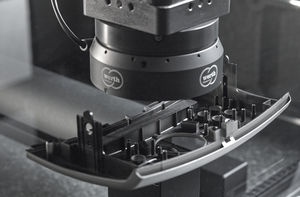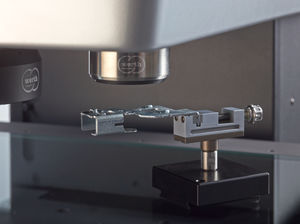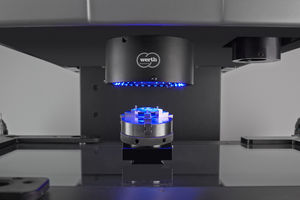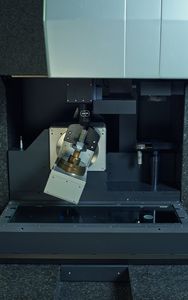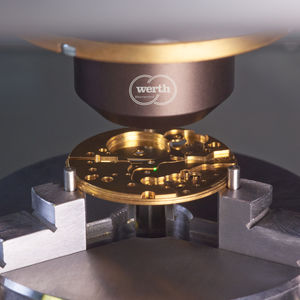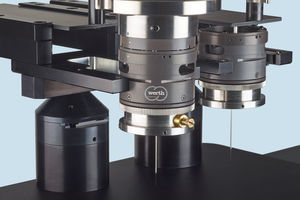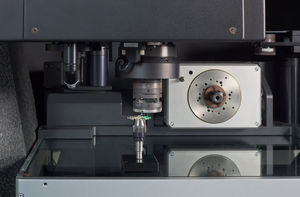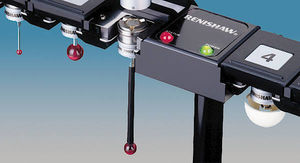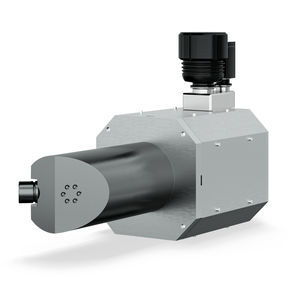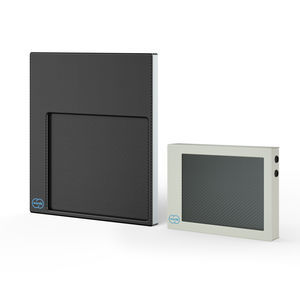
- Metrology - Laboratory
- Metrology and Test Equipment
- 2D touch probe
- WERTH MESSTECHNIK
- Products
- Catalogs
- News & Trends
- Exhibitions
2D touch probe WFPmeasurementopticalscanning

Add to favorites
Compare this product
Characteristics
- Type
- measurement, 2D
- Technology
- optical, scanning
- Applications
- for tools, coordinate measuring machine, for crankshafts
- Other characteristics
- high-precision
Description
The patented Werth Fiber Probe® WFP 2D has set the industry standard for micro-probes for decades and enables highly accurate tactile measurements of extremely small geometries with the smallest probing forces. Due to its low probing forces, the WFP® is also suitable for calibrating optical measurements on workpieces with sensitive surfaces. Typical areas of application are rubber and plastic parts, gauges, spinnerets, micro-gears and micro-bores on injection nozzles and turbine blades.
• Due to the direct evaluation of the stylus tip, the WFP® achieves probing errors in the range of a few tenths of a micrometer
• Bending of the stylus shaft has no influence on the measurement result
• The resolution of the fiber probe is in the nanometer range and is ultimately only dependent on the optics used
• In scanning mode, the Werth Stylus® records a wide range of contours with a large number of measurement points, whereby the stylus is permanently kept in motion by a vibration generator in order to avoid stick-slip effects
Accuracy
Permissible probing error up to 0.3 µm
Functionality
An image processing sensor (a) camera, b) imaging optics) is used to measure the deflection ΔL of the stylus tip illuminated by an LED c) when the workpiece e) moves. In the target deflection, the exact position of the stylus tip is superimposed with the coordinates of the scale systems of the machine and stored as measurement points or used for the scanning process. Dual-sphere probes f) achieve a greater probing depth than single-sphere probes g).
Catalogs
The Multisensor
20 Pages
Related Searches
- Measuring machine
- Touch probe head
- Optical measuring machine
- Laser scanning system
- Measurement scanning system
- Automatic measuring machine
- High-precision measuring machine
- Measurement touch probe head
- CMM
- Parts measuring machine
- Distance measuring machine
- Inspection scanning system
- Laser measurement system
- High-speed scanning system
- Multi-sensor coordinate measuring machine
- Video measuring machine
- 3D measuring machine
- Length measuring machine
- Bridge coordinate measuring machine
- XY scanner
*Prices are pre-tax. They exclude delivery charges and customs duties and do not include additional charges for installation or activation options. Prices are indicative only and may vary by country, with changes to the cost of raw materials and exchange rates.



